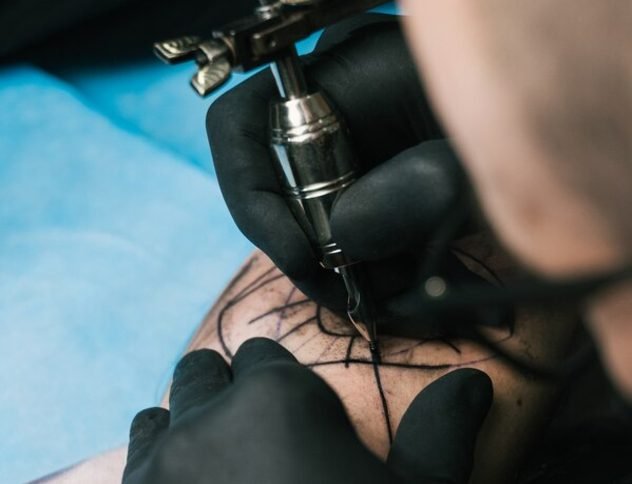
Getting a tattoo can be an exciting and meaningful experience, but sometimes our tastes and preferences change over time. If you find yourself wanting to remove a tattoo, you may be wondering about the costs involved and how to budget for the procedure. In this article, we will explore the factors that influence tattoo removal costs and provide some tips on how to plan financially for your tattoo removal journey.
Factors Affecting Tattoo Removal Costs
When it comes to tattoo removal, there are several factors that can influence the overall costs. These factors include:
Size and Complexity of the Tattoo
The size and complexity of your tattoo play a significant role in determining the cost of removal. Larger tattoos require more time and resources to remove, which can result in higher costs. Additionally, tattoos with intricate designs or multiple colors may require more sessions or specialized treatments, further increasing the overall expense.
Type of Tattoo Removal Method
There are various tattoo removal methods available, including laser removal, surgical excision, and dermabrasion. Laser removal is the most common and effective method, but it can also be the most expensive. Surgical excision and dermabrasion may be more affordable options, but they may not be suitable for all types of tattoos. The type of method you choose will impact the overall cost of your tattoo removal.
Number of Sessions Required
Tattoo removal is typically not a one-time procedure. Multiple sessions are often necessary to completely remove a tattoo. The number of sessions required depends on various factors, such as the age of the tattoo, the colors used, and the depth of the ink. Each session adds to the overall cost, so it’s important to consider this when budgeting for your tattoo removal.
Location and Reputation of the Tattoo Removal Clinic
The location and reputation of the tattoo removal clinic can also affect the costs. Clinics in major cities or upscale areas may charge higher prices due to higher overhead costs. Additionally, clinics with a reputable track record and experienced staff may have higher fees compared to less established clinics. It’s essential to research and compare different clinics to find one that fits your budget and offers quality services.
How to Budget for Tattoo Removal
Now that you understand the factors influencing tattoo removal costs, let’s explore some tips on how to budget for your tattoo removal procedure:
Research and Compare Prices
Start by researching different tattoo removal clinics in your area. Look for clinics that offer a free consultation, as this can give you a better understanding of the costs involved. Compare prices from different clinics and consider the reputation and experience of the practitioners. Remember, it’s not just about finding the cheapest option, but also ensuring quality and safety.
Create a Savings Plan
Once you have an idea of the costs involved, create a savings plan to help you budget for your tattoo removal procedure. Set aside a certain amount of money each month specifically for this purpose. Consider cutting back on non-essential expenses or finding ways to increase your income to accelerate your savings.
Explore Financing Options
If paying for the entire tattoo removal procedure upfront is not feasible for you, explore financing options. Some clinics offer payment plans or financing options that allow you to spread out the cost over a period of time. This can make the procedure more affordable and manageable.
Consider Insurance Coverage
While tattoo removal is generally considered a cosmetic procedure, there may be instances where it is covered by insurance. For example, if the tattoo is causing physical discomfort or medical issues, your health insurance may cover a portion of the removal costs. Check with your insurance provider to see if you have any coverage options.
Plan for Aftercare Costs
Aftercare is an important part of the tattoo removal process. It may involve the use of ointments, bandages, or other products to aid in the healing process. Factor in the cost of aftercare when budgeting for your tattoo removal to ensure you have everything you need for a successful recovery.
Conclusion
Tattoo removal costs can vary depending on several factors, including the size and complexity of the tattoo, the type of removal method, the number of sessions required, and the location and reputation of the clinic. By researching and comparing prices, creating a savings plan, exploring financing options, considering insurance coverage, and planning for aftercare costs, you can budget effectively for your tattoo removal procedure. Remember to prioritize both affordability and quality when choosing a clinic, as the ultimate goal is to achieve the best possible results in a safe and professional environment.
